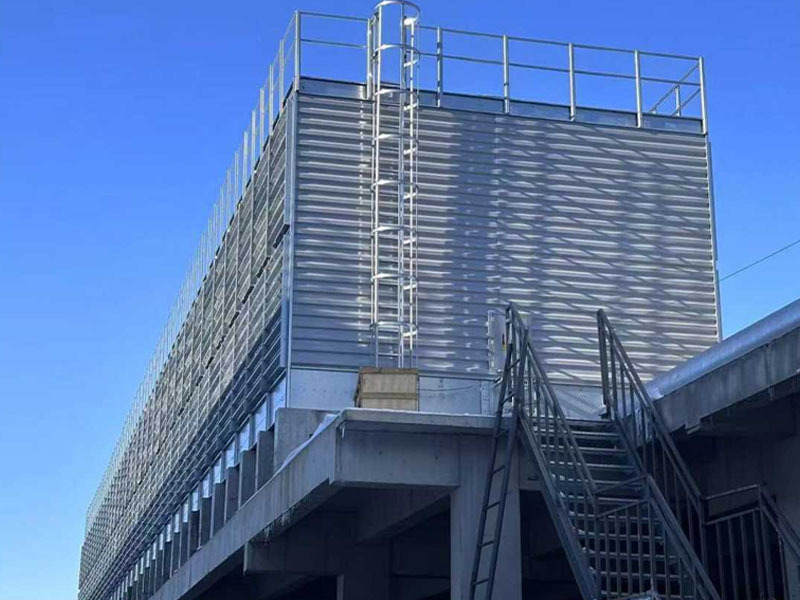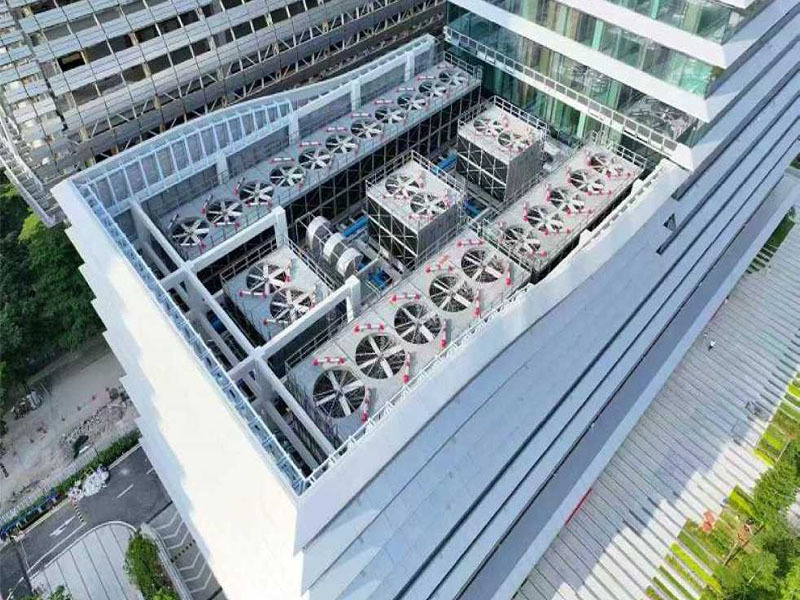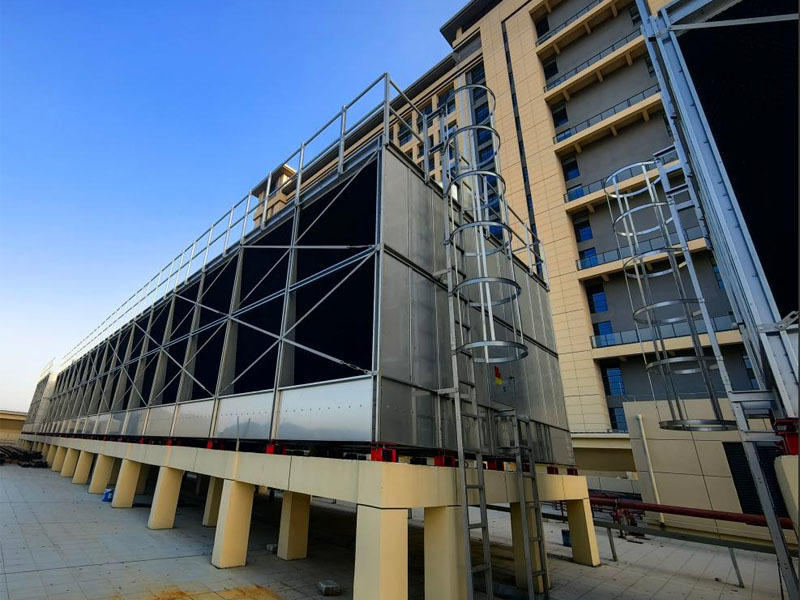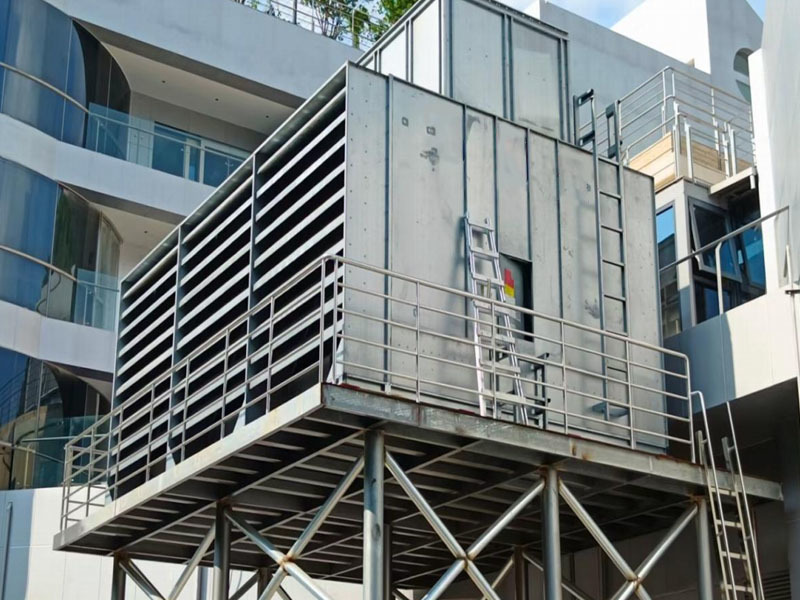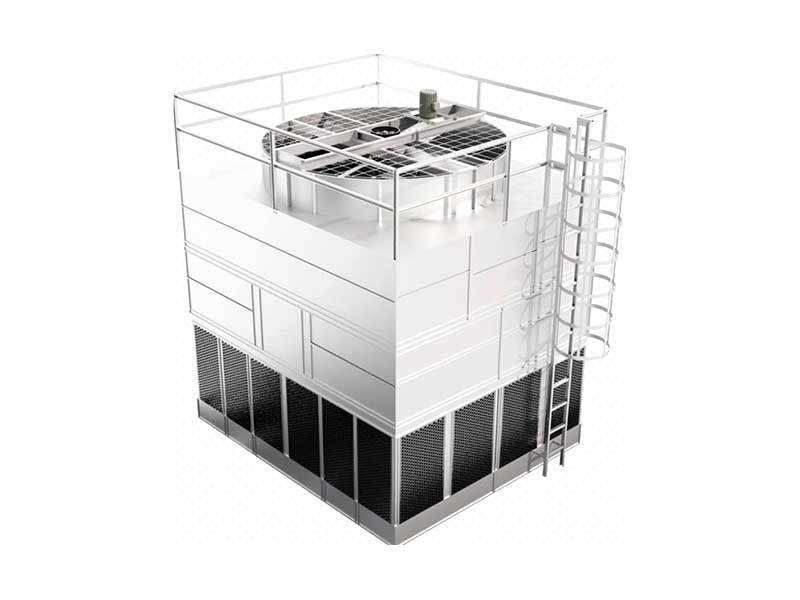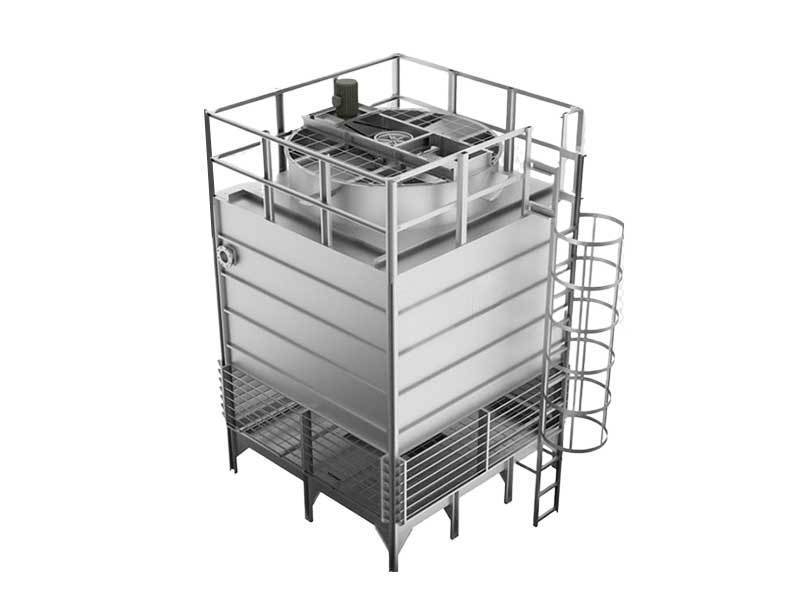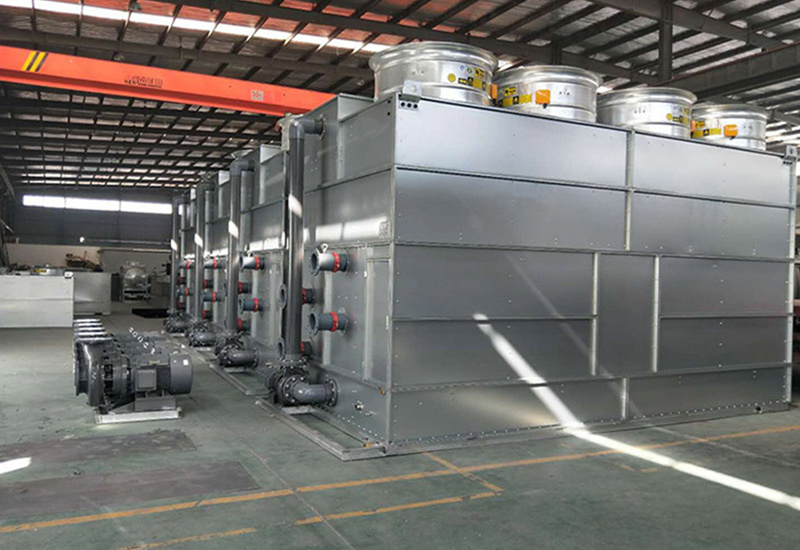12
2023
-
04
Three cooling methods of closed cooling towers: countercurrent, crosscurrent, and mixed flow. What are their differences and characteristics?
Author:
How to distinguish the three forms of closed cooling towers: countercurrent, crosscurrent, and mixed-flow Closed Cooling Tower What are its characteristics?
Closed Cooling Tower The three most common types are countercurrent, crosscurrent, and mixed-flow (also known as hybrid flow). Each of these three types of closed cooling towers has its own advantages and characteristics. Wanyang Cooling Equipment Co., Ltd. will share the differences between these three types of closed cooling towers to help consumers make better decisions.
Both open and closed cooling towers are usually divided into crossflow and counterflow types. Crossflow Cooling Tower The inlet angle of the cooling tower is at a right angle to the water flow. This type of cooling tower is suitable for residential central air conditioning, has low noise, simple structure, and easy maintenance. Counterflow Cooling Tower The inlet angle of the cooling tower is opposite to the water flow angle. It has a small footprint but slightly higher noise. It is suitable for industrial cooling towers, such as casting, forging, and heat treatment industries.
I. Counterflow Closed Cooling Tower
Operating Principle: Counterflow closed cooling towers have a bottom counterflow air intake, which is opposite to the falling spray water (counterflow of water and air), forming saturated humid hot air. Heat is discharged from the top fan, and water is recovered to the sump for reuse by a special structure dehydrator. The internal space has no pre-cooling heat dissipation filler, increasing the unit heat dissipation area of the coil, with a compact structure and small footprint. It is especially suitable for cooling fluids with low temperatures or small temperature differences.
Application Range: With a compact structure and small footprint, multiple units can be freely combined to achieve various water quantities and temperature differences, suitable for conventional cooling projects. The counterflow cooling tower has a bottom counterflow air inlet, which generates saturated humid hot air by counterflowing with the falling spray water. Heat is discharged by the top fan, and water is recovered to the sump for reuse by a special structure dehydrator. It has a compact structure and small footprint;
II. Crossflow Closed Cooling Tower
Operating Principle: Crossflow closed cooling tower with horizontal air intake! The coils mainly rely on heat conduction. The important characteristic of this operating principle is that it is most likely to inhibit the formation of scale on the outer wall of the coils. It is especially suitable for cooling high-temperature fluids or fluids with large cooling temperature differences.
Application Range: Developed from crossflow open towers, it is suitable for projects with multiple parallel units for various water quantities, but the efficiency is relatively low. The working fluid flows in the coils, and the outer wall of the coils is wrapped by spray water. The heat of the liquid is transferred through the tube wall, generating saturated humid steam with water and air. Heat is discharged by the fan to the atmosphere, and water is recovered to the sump for reuse. The spray water consumption is minimal. In the process of spray water circulation, the water temperature is reduced by PVC heat sinks, and vertical flow of water and air is generated with fresh air intake. The important characteristic of this operating principle is that it is very likely to inhibit the formation of scale on the outer wall of the coils.
III. Mixed-Flow Closed Cooling Tower
Operating Principle: Mixed-flow closed cooling tower is named due to the mixing of spray water and hot air directions. The spray water flows from top to bottom, and the air is divided into two ways: part of the cold air flows from top to bottom, and part enters horizontally, exchanging heat with the filler and the downward spray water to reduce the spray water temperature.
Application Range: Suitable for cooling high-temperature fluids or projects with large temperature differences, but with relatively high energy consumption and large volume. It requires less operation and maintenance. The mixed-flow design closed cooling tower is a high-efficiency closed cooling tower on the market. The mixed-flow cooling tower places the process refrigerant in a clean, fully enclosed loop to prevent contamination, and integrates the functions of a cooling tower and a heat exchanger, with good operation and maintenance performance.
In summary, the choice between counterflow, crossflow, and mixed-flow closed cooling towers depends on the design requirements. The cooling effect is the same, but it is recommended to choose crossflow or mixed-flow closed cooling towers for areas with higher temperatures, and counterflow closed cooling towers for ordinary areas.
Cooling tower,Closed-circuit cooling tower,Industrial cooling tower
Previous page
Previous page
12
2023-04
Precautions for using closed-circuit cooling towers
03
2023-01
03
2023-01
03
2023-01
What are the roles of cooling tower components in cooling tower renovation?
03
2023-01
03
2023-01
Service Hotline:
+86-138 2574 5855
+86-189 0261 0628
E-mail:dykj1688@yeah.net
Address: Guangdong Province, Huizhou City, Boluo County, Longxi Town, Longyuan Avenue, Dongyan Technology Industrial Park
Follow us

Scan with your phone
Copyright © Guangdong Dongyan Cooling Equipment Co., Ltd. All rights reserved.
Power by:www.300.cn | SEO | Privacy Policy

